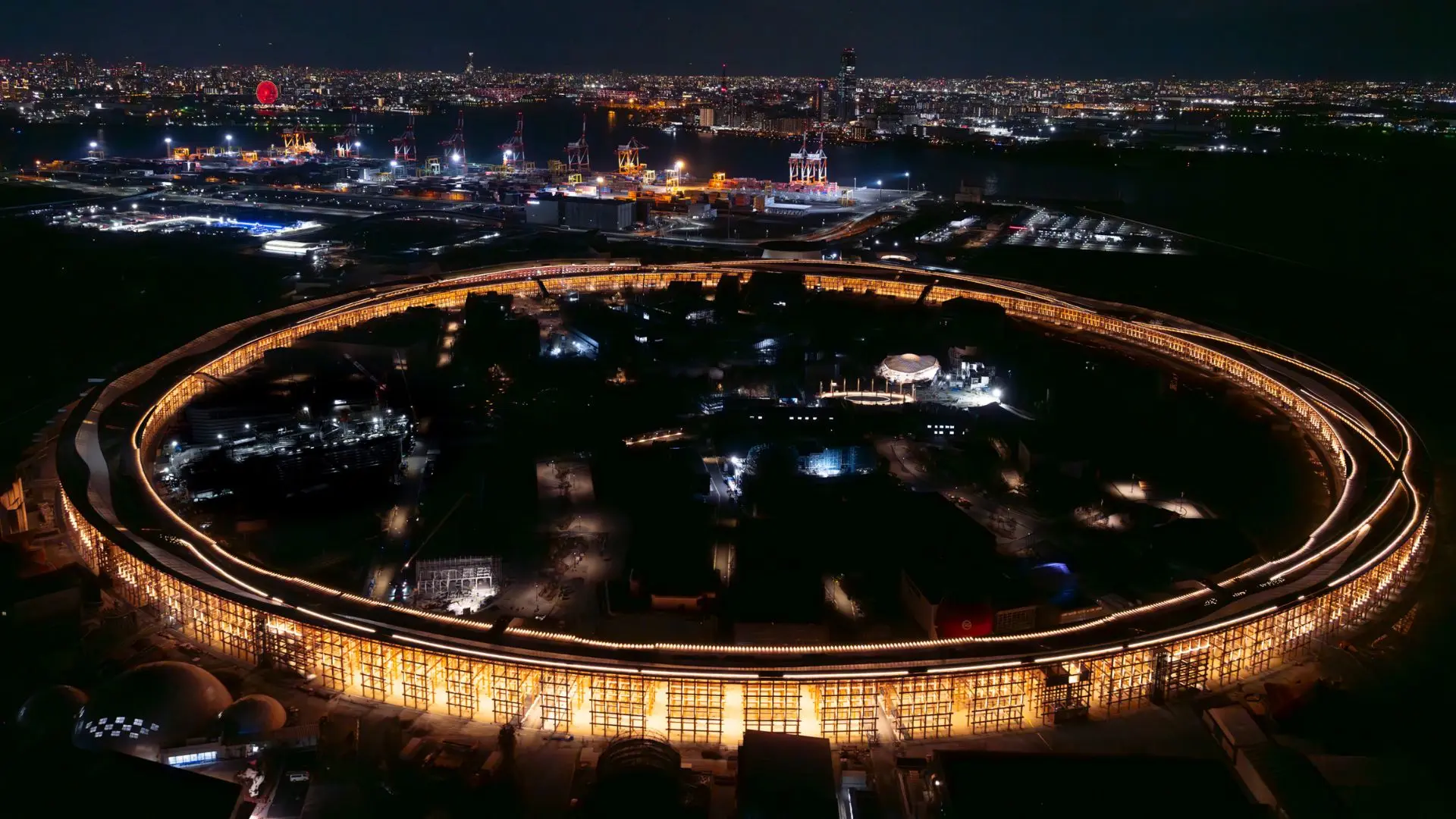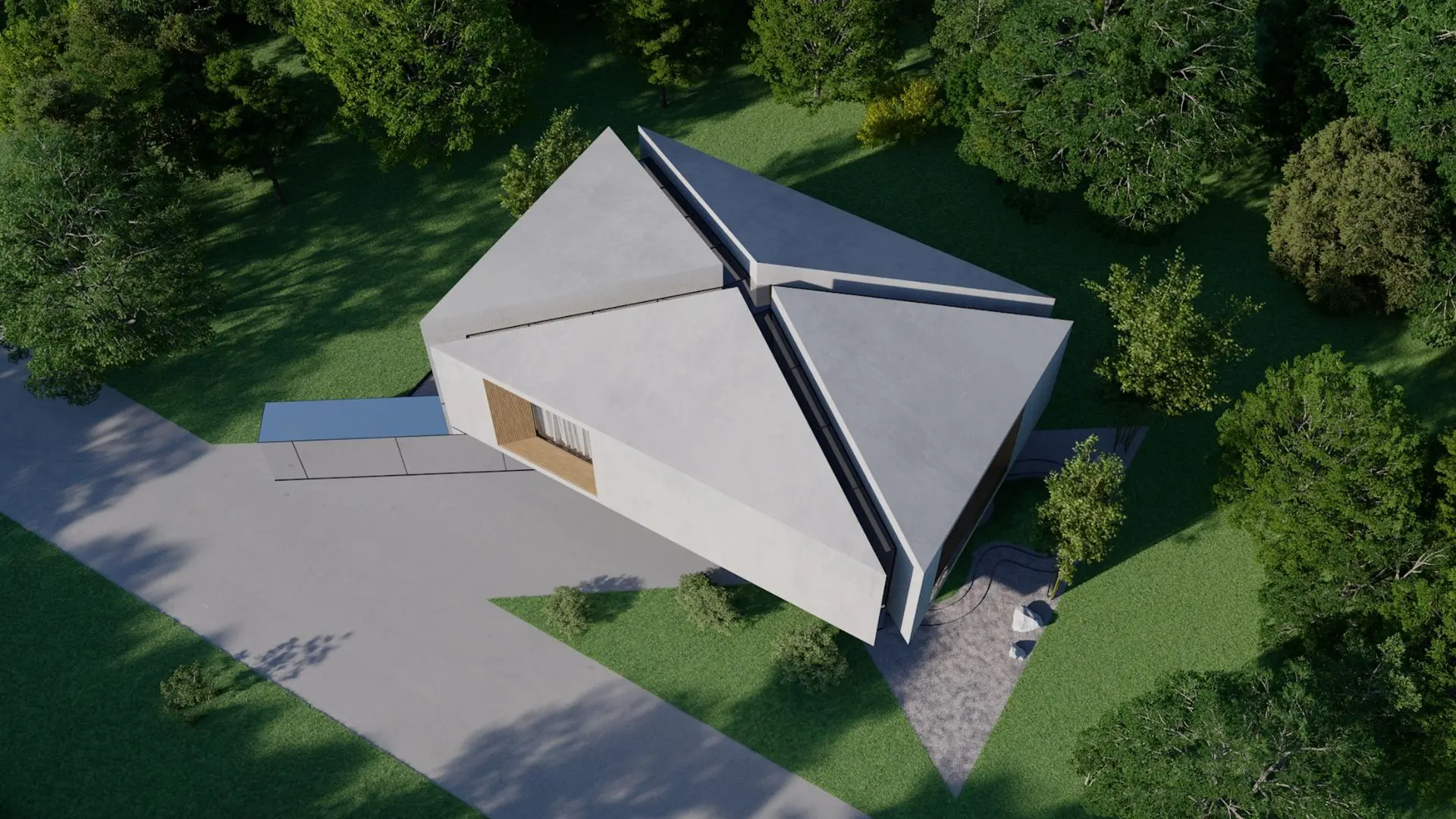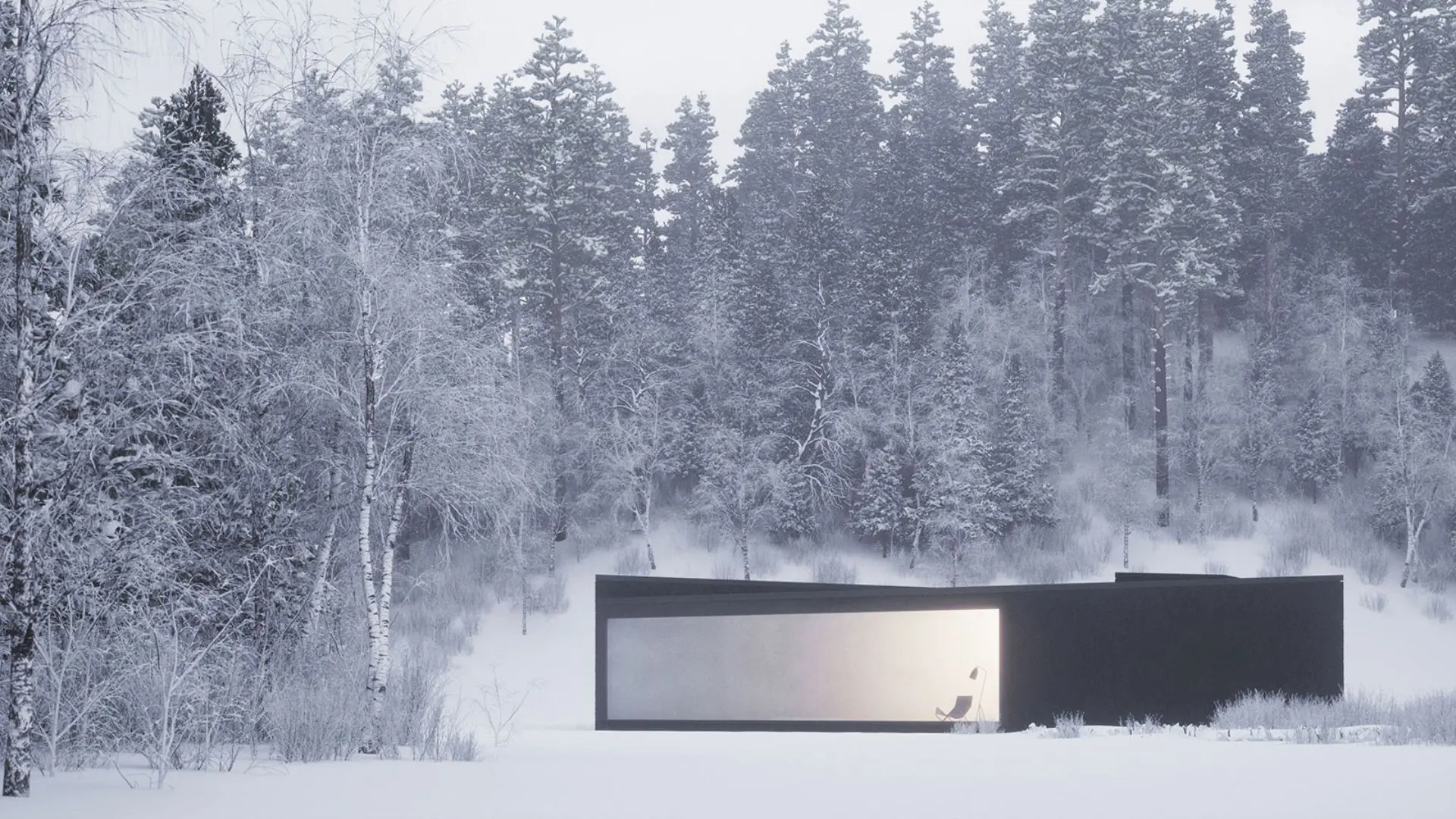Designing hope: Sou Fujimoto’s Grand Ring for Expo 2025 Osaka
Renowned for his poetic integration of nature and architecture, Sou Fujimoto brings his approach to Expo 2025 Osaka with Grand Ring, an ambitious wooden structure that embodies the event’s theme: Designing Future Society for Our Lives.

Situated on Yumeshima, a man-made island in Osaka Bay, Grand Ring serves as the centerpiece of the six months long international exposition. With a circumference of approximately 2 km, a building area of approximately 60,000 mª, a height of 12 m and an inner diameter of approximately 615 m, it is considered the largest wooden architectural structure in the world (according to Guinness World Records). The architecture encircles the Signature Pavilion area, creating a vast communal landscape beneath: visitors are invited to ascend the walkway atop the ring, exploring greenery and flowers and enjoying panoramic views of the Expo site and the surrounding bay.
A new phase for sustainable design
Constructed primarily of timber, Grand Ring reflects the urgency of developing a new approach to sustainable design. The structure utilizes a combination of modern construction methods and traditional “nuki” joints, commonly found in Japanese shrines and temples. Fujimoto envisions the structure as a fusion of architecture and environment: “Modern architecture was established on steel, concrete and large-sized glass. Now, wooden construction is coming back. This marks the start of a new phase“, he states in the magazine Wallpaper. The ring symbolizes a connection between people, cultures, and the Earth itself.

Embodying Expo 2025’s theme
Grand Ring reflects a broader shift in architectural thinking: from iconic, isolated monuments to shared, participatory environments. It’s not a tower or a gate; it’s a circle open to the sky, a stage for collective experience. It’s a manifesto for human connection. Aligning with Expo 2025’s overarching theme, Grand Ring stands as both a physical and philosophical anchor. Its circular form evokes equality, unity, and continuity: timeless values crucial to envisioning a more resilient and inclusive future. A message that aspires to resonate around the globe. Fujimoto describes it as “a symbol of our times — of 2025, the early 21st century.
“At a time when diversity around the world seems to be coming apart, this ring reflects our desire to hold it all together. It’s where nations came together to think about the future“. Its intricate yet serene wooden skeleton echoes traditional Japanese carpentry while embracing advanced construction techniques and a collaborative, interdisciplinary ethos. The structure’s design incorporates a forest at its center, known as the “Forest of Tranquility,” emphasizing a society that coexists in harmony with nature.

Fujimoto’s architectural philosophy
Sou Fujimoto‘s architectural philosophy is deeply rooted in his experiences growing up in Hokkaido, Japan, where he developed an early fascination with the organic order of forests —structures formed not by deliberate planning but by accumulated interactions. He often draws parallels between forests and urban environments, viewing both as systems composed of smaller elements experienced on a human scale.

At the core of his philosophy is the concept of ambiguity: Fujimoto resists rigid spatial hierarchies and prefers instead to create “incomplete” or “undefined” spaces that empower users to invent their own interpretations. In his influential manifesto Primitive Future, he uses the metaphor of a cave to describe such architecture: a space that does not dictate a single function but invites exploration and imagination. A space that people adapt to, discovering places to rest, to watch, to speak, rather than being told what each space is for. This inversion of function and form is fundamental to his designs. That’s why his buildings – whether private homes, pavilions, or cultural institutions – frequently exhibit a skeletal, permeable quality.
This life-centric approach positions his work within a broader discourse of social innovation, where buildings are not static monuments but evolving ecosystems. His projects consistently invite movement, participation, and even reinterpretation—qualities that resonate powerfully in a world seeking more inclusive and adaptive forms of urbanism.
With Grand Ring, these principles are brought to life on a monumental scale. Rather than imposing a singular vision, the structure opens itself to multiplicity: as a park, a promenade, a lookout, and a communal gathering space. It offers not just an architectural spectacle, but a spatial philosophy. An architecture of possibilities.

What next?
Grand Ring is already being hailed as a landmark of contemporary design, but one question remains open: what will become of the Grand Ring after the event concludes? Unlike many temporary structures designed solely for the duration of a world expo, Grand Ring possesses an architectural and environmental value that seems to call for permanence. Its integration into the landscape, accessibility to the public, and versatility as both infrastructure and gathering space suggest that it could evolve into a lasting civic asset. However, no official statement has yet been made regarding its future use, preservation, or potential transformation.
This uncertainty echoes a broader debate about the legacy and sustainability of world expos. Will the Grand Ring be dismantled like so many iconic pavilions before it? Or could it serve as a new kind of monument, an open, democratic symbol of collective imagination and cross-cultural dialogue? For now, the structure stands as a powerful and poetic question mark on the shores of Osaka Bay, inviting reflection not only on the present but on what we choose to carry with us into the future.









